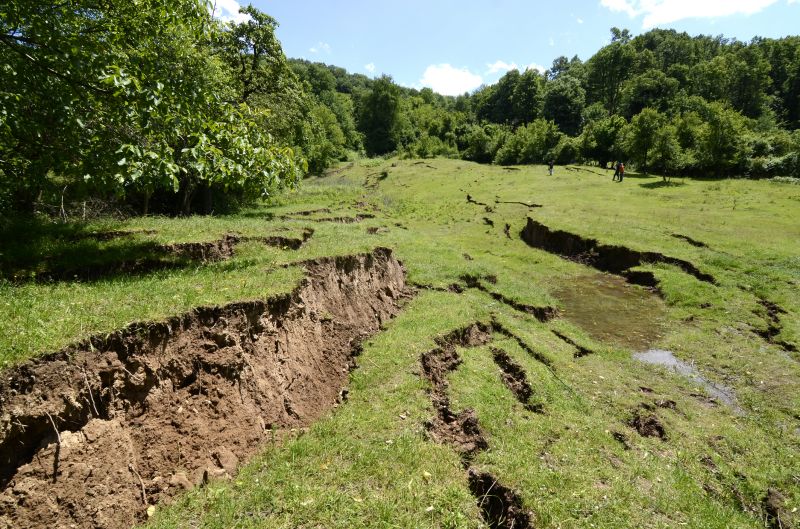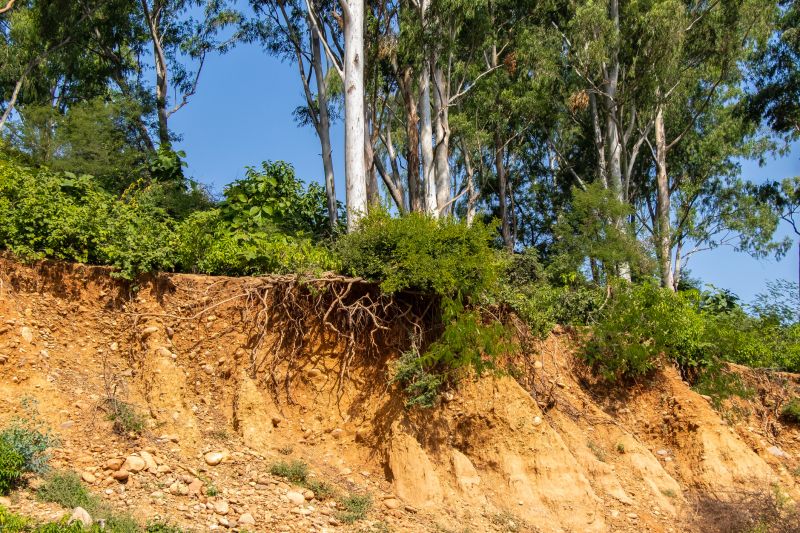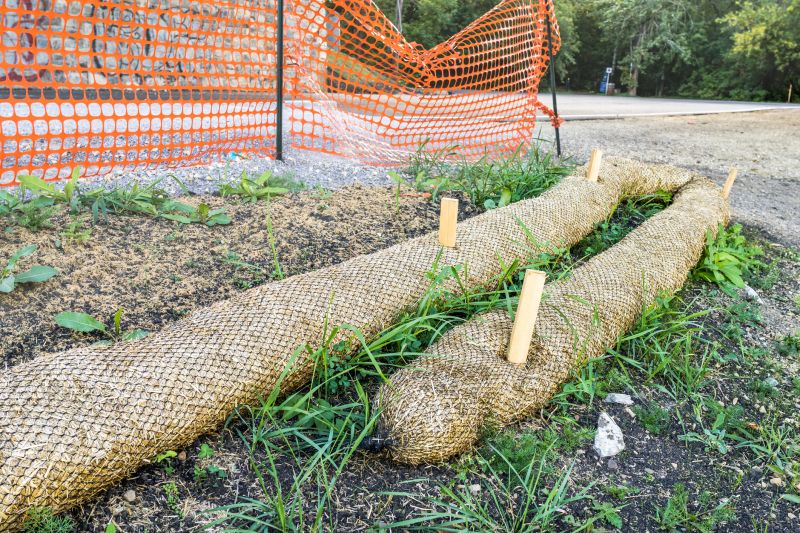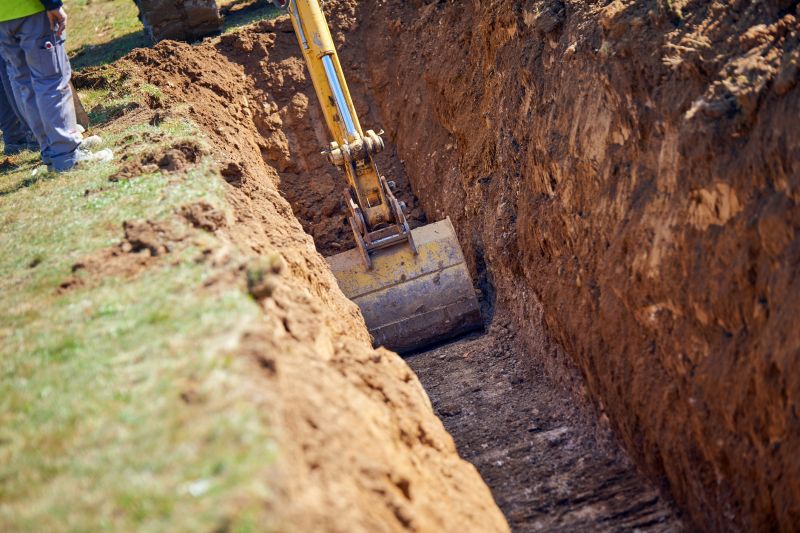Optimal Timing for Erosion Control Installation
Implementing erosion controls at optimal times can significantly reduce soil loss and environmental impact. The most effective period for installation depends on weather conditions, soil stability, and project timelines. Proper timing ensures that erosion prevention measures are durable and effective, minimizing the risk of damage from heavy rainfall or runoff.
Spring is ideal for erosion controls due to moderate weather and soil moisture levels, allowing for effective setup before heavy rain seasons.
Installing erosion controls prior to forecasted heavy rainfall prevents soil displacement and runoff issues during storms.
Dry periods provide optimal conditions for installing and establishing erosion control measures without interference from rain.
After construction activities, erosion controls should be implemented promptly to stabilize disturbed soil and prevent erosion.

Ways to make Erosion Controls work in tight or awkward layouts.

Popular materials for Erosion Controls and why they hold up over time.

Simple add-ons that improve Erosion Controls without blowing the budget.

High-end options that actually feel worth it for Erosion Controls.

Finishes and colors that play nicely with Erosion Controls.

Little measurements that prevent headaches on Erosion Controls day.

A 60-second routine that keeps Erosion Controls looking new.

A frequent mistake in Erosion Controls and how to dodge it.
| Best Time for Erosion Controls | Key Considerations |
|---|---|
| Spring | Moderate weather, soil moisture ideal for installation |
| Before heavy rainfall | Prevents soil displacement during storms |
| Dry periods | Easier installation and inspection |
| Post-construction | Stabilizes disturbed soil quickly |
| Drought conditions | Allows for thorough setup before rain |
Erosion controls are essential measures used to prevent soil loss and protect landscapes during construction, landscaping, or land development activities. These measures include silt fences, erosion control blankets, sediment basins, and vegetation stabilization. Proper timing of installation enhances their effectiveness, ensuring soil remains intact and minimizing environmental impact. Statistically, effective erosion control can reduce soil loss by up to 80%, preserving land quality and preventing sedimentation in waterways.

Small tweaks to make Erosion Controls safer and easier to use.

Lower-waste or water-saving choices for Erosion Controls.

The short, realistic tool list for quality Erosion Controls.

Rough timing from prep to clean-up for Erosion Controls.
For projects requiring erosion controls, timing is critical to maximize effectiveness and reduce long-term costs. Proper planning ensures measures are in place before adverse weather conditions, leading to better soil retention and site stability. Consulting with erosion control specialists can help determine the optimal timing based on specific project conditions and local climate patterns.
Interested parties are encouraged to contact for more information on erosion control solutions and timing strategies to protect land and infrastructure effectively.



